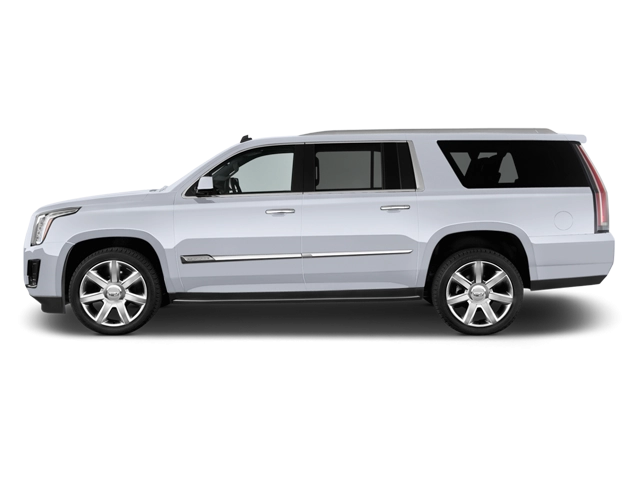2009 Cadillac Escalade Esv Owner's Manual

Table of Contents
2009 Cadillac Escalade Esv Overview
Introduction
The 2009 Cadillac Escalade ESV embodies the essence of luxury and versatility in the SUV market. A longer variant of the beloved Escalade, the ESV provides ample space and a commanding presence on the road. Designed for families and those who prioritize comfort and functionality, it seamlessly combines opulence with practicality, making it a top choice among full-size SUVs.
Powertrains
Under the hood, the 2009 Escalade ESV is powered by a robust 6.2-liter V8 engine that produces an impressive 403 horsepower and 417 lb-ft of torque. This powerhouse is paired with a six-speed automatic transmission, providing smooth shifting and enhancing fuel efficiency compared to its predecessors. The ESV comes standard with rear-wheel drive, while an all-wheel-drive option is available, ensuring excellent traction in various road conditions.
Trims
The 2009 Cadillac Escalade ESV is offered in three main trims: the base model, Luxury, and Premium. The base model comes well-equipped with features such as leather upholstery, a premium sound system, and tri-zone climate control. The Luxury trim adds refinements like a rearview camera, parking sensors, and upgraded audio capabilities, while the Premium trim boasts additional luxuries, including heated and ventilated seats, a navigation system, and a rear-seat entertainment system for utmost comfort and convenience.
Features
Luxury is infused in every aspect of the 2009 Escalade ESV. It is equipped with a long list of standard features, including Bluetooth connectivity, an advanced touchscreen interface, and a power liftgate for easy access to its vast cargo space. Safety features such as multiple airbags, stability control, and a sophisticated anti-lock braking system ensure peace of mind for both the driver and passengers.
Owner's Manual
The owner's manual for the 2009 Cadillac Escalade ESV serves as a comprehensive guide, providing essential information on vehicle operation, maintenance schedules, and safety protocols. It's a valuable resource for ensuring the longevity and optimal performance of the SUV, helping owners navigate its myriad of advanced features and technology with ease.
User manual download
The Cadillac Escalade Esv owner manual for the 2009 model year is to be found in PDF downloadable format on this page. The owner manual for the model year 2009 is free and in English, but the repair manuals are usually not easy to get and may cost more.
Manual Questions
Fill the form below and someone will help you!

